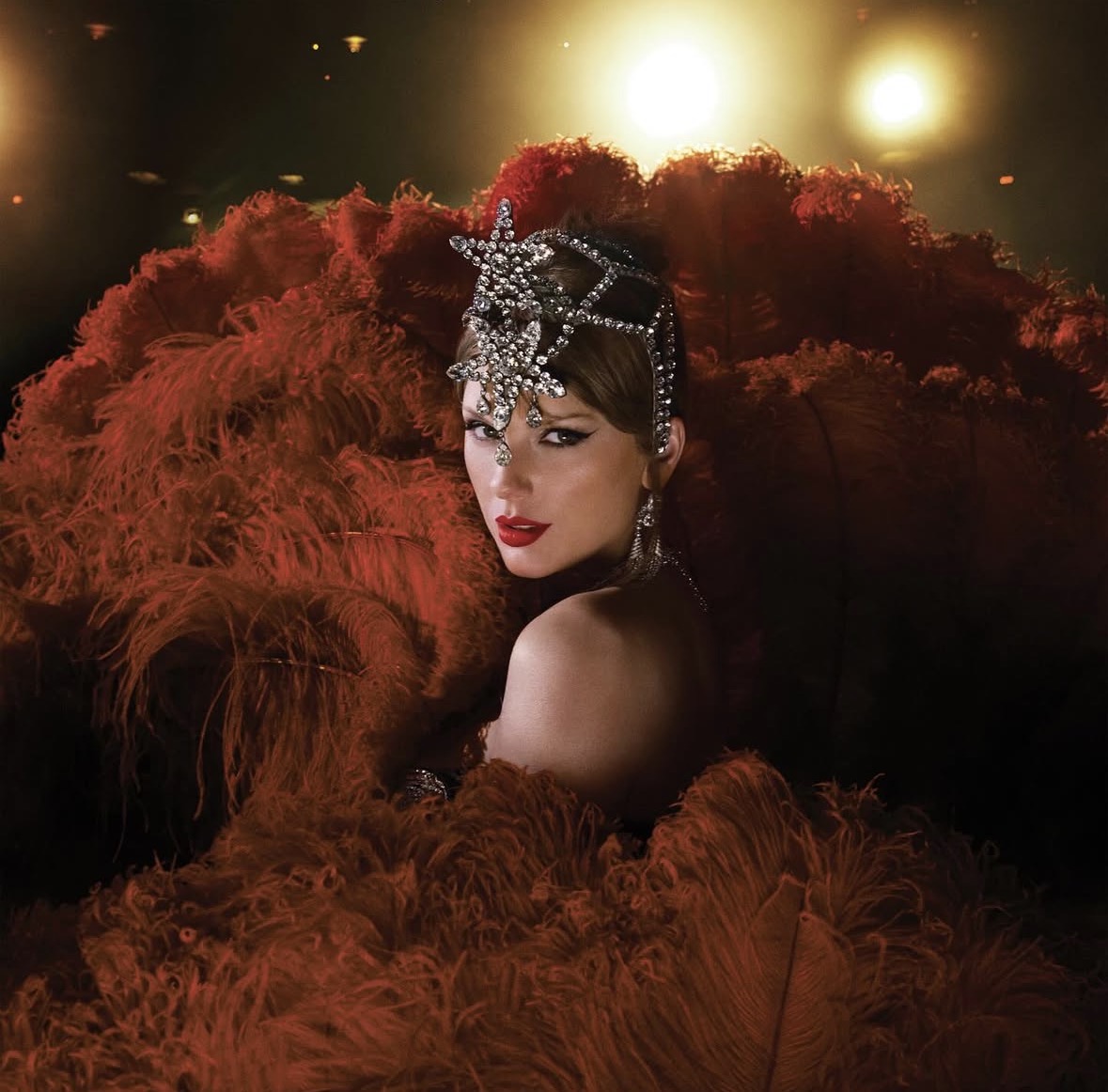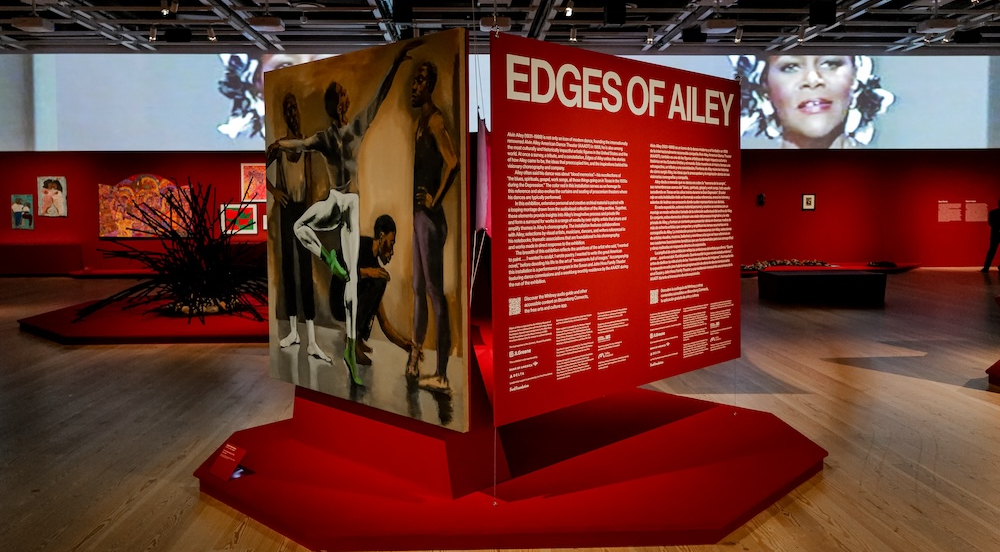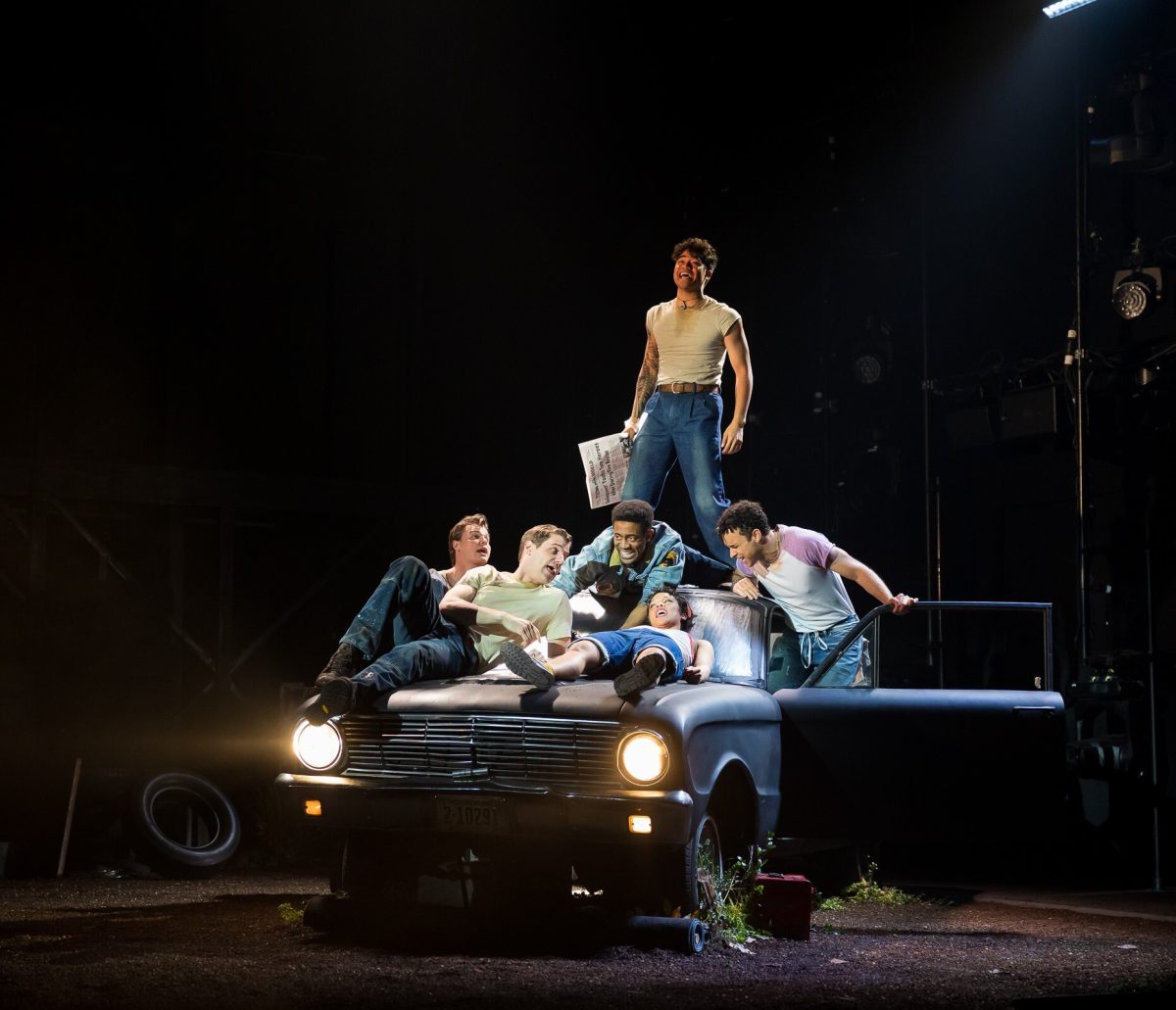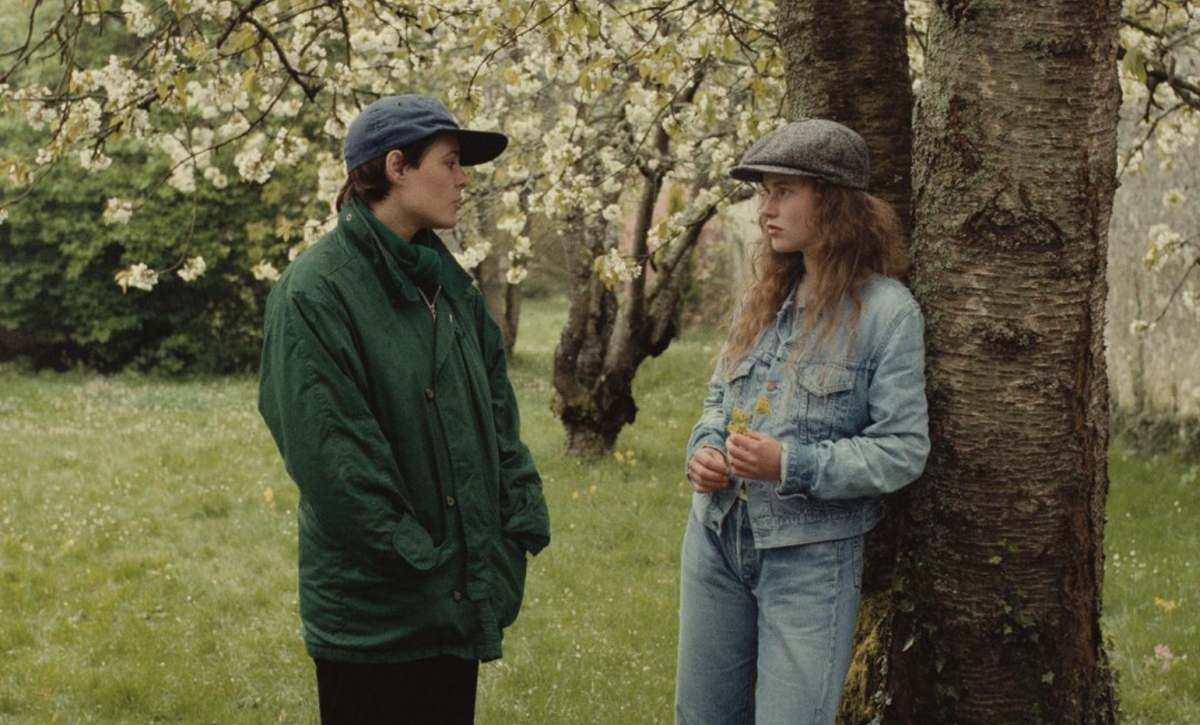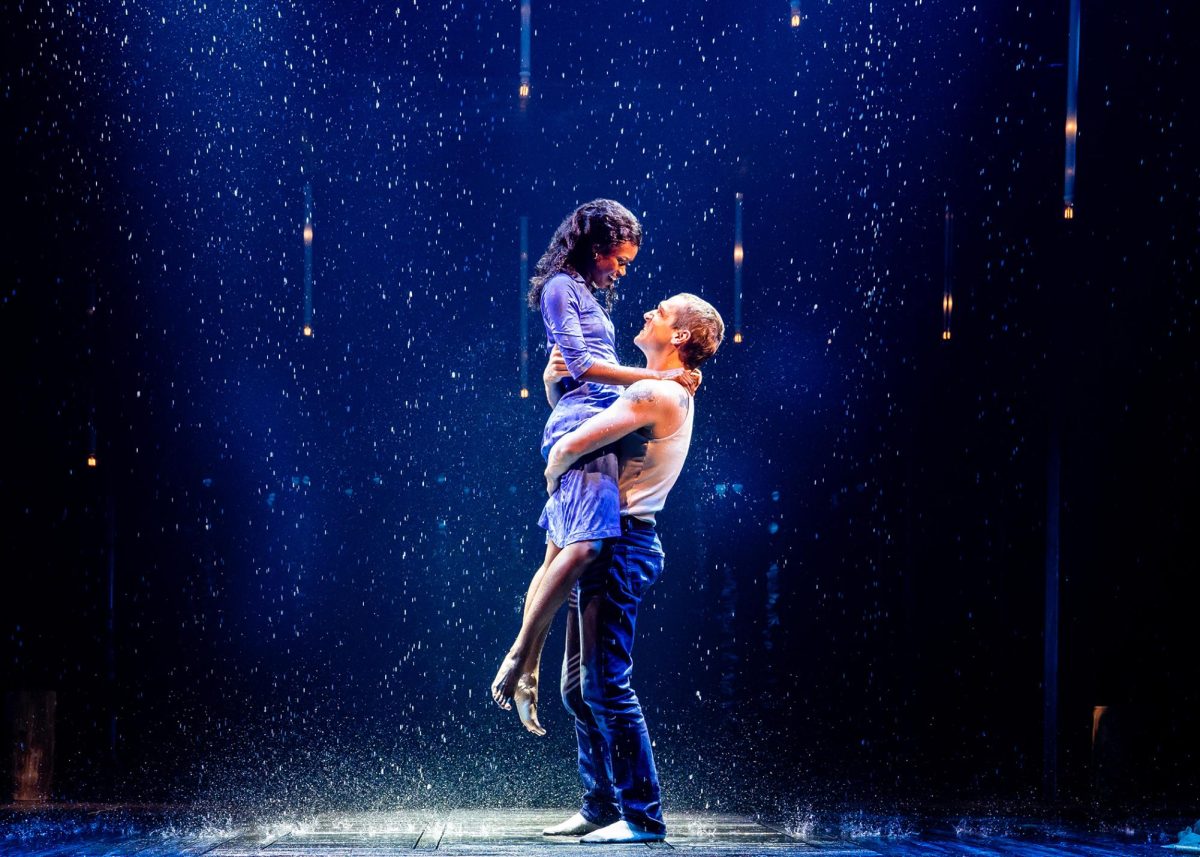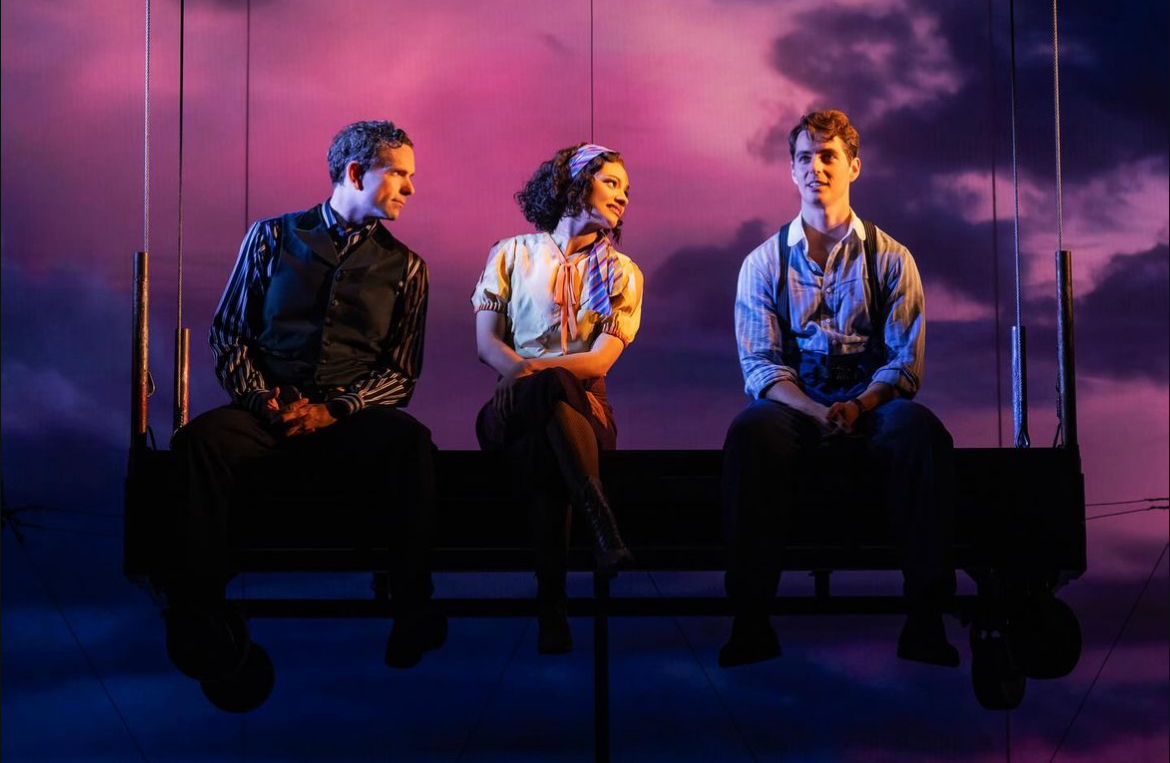The doors of the Roundabout Theatre Company’s Studio 54 opened an hour early for their performance of “Cabaret” — and for good reason. The intimate theatre, which was set as the 1940’s “Kit Kat Klub” with its numbered tables and red lamp centerpieces, was full of servers dressed in period costumes taking orders from the audience. The menu offered substantial food as well as desserts and a full bar. Meanwhile, the actors and actresses in the cast casually roamed the stage and set, interacting with audience members, to create the feeling of being at an actual club prior to the show beginning.
In trying to keep the club atmosphere, it was an artistic decision to not provide playbills to audience members and not allow photography of any kind, not even selfies prior to the show start, a rule that was enforced very strictly.
The host of the show was played by Alan Cumming, who has returned to the role after reviving the role for the second time ten years ago. Cumming welcomed the audience to the beautiful world of the cabaret with the opening number, in which he danced awkwardly as that was obviously not his strong suit, that featured the beautiful live orchestra and the beautiful cabaret girls.
The cabaret girls, who each had a tattoo on a different part of their very thin bodies, were extremely talented. Along with the rest of the cast members, each had the ability to play an instrument, in addition to dance, sing, and act. One audience member commented, “You have to be really thin to wear a skirt like that.”
The most talented of the bunch was Gayle Rankin who played Fraulein Kost. She played the accordion, danced technically, sang in German very powerfully, and portrayed her role in a humorous yet admirable way.
When Michelle Williams made her entrance as Sally Bowles, the audience produced a roaring applause. Williams executed a flawless performance and never once fell out of character, which made for a convincing storyline. Her vibrato was edgy and interesting to put it nicely, but her mezzo voice was strong and innocent. Williams certainly isn’t a 1st soprano, but she faked the high notes as an acting beat, which rolled over smoothly. Her raw emotion incorporated in her character was completely convincing and believable. Williams produced live tears in her show stopping number “Cabaret,” and remained in tears as she took her final bow.
The theatre was a perfect venue for this production and it benefitted the director’s decision to have the actors enter and exit the audience. Cummings as the emcee strolled the aisles and the character of Clifford Bradshaw found himself in the audience as he received a phone call to his table from Sally Bowles onstage. The audience members felt emerged into the show as a part of a real live cabaret performance. The red lamps were brightened every time the show transitioned to a scene taking place at the Kit Kat Klub so that is would simulate the club experience.
The onstage set was versatile and quickly transformed into different scenes including a train, the hotel room, and the club. The lighting was impeccable and added to the distinction of the different scene settings that the plot rotated through. The stage set consisted of a second level on which the orchestra was located in plain view. Between both floors were spiraling staircases that the director and choreographer really took advantage of. No matter what was occurring in a scene, Cumming always remained in sight to oversee the product of his creation, whether on the stairs, overlooking from above, or in the audience.
Large pineapple lamps even emerged hanging from the ceiling during the number “It Couldn’t Please Me More,” a comical but romantic duet during which character Herr Schultz offers Fraulein Schneider a pineapple fruit. The cabaret chorus girls also held miniature pineapple lamps and danced with them on the platform above, a directive decision not quite necessary or understood by the audience but still humorous. Disco balls also hung from the ceiling in the second act, which added to the variety of the set and lighting design.
The choreography, although only restaged from the previous revival by Cynthia Onrubia, was excellent. Even those numbers that didn’t require technical dance technique and performed by non-dancing characters was simple and clean but highly effective in what it attempted to portray. The most impressive piece of choreography was in the number “Two Ladies,” performed by Kaleigh Cronin and Leeds Hill.
Cumming’s performance as the emcee was creepily impressive. Having embodied the role before, it was clear that he found new unique ways to make each show fresh as if he were doing it for the first time. Cumming had a surprisingly strong voice that paid a lot of attention to dynamics in the music. However, the reoccurring problem of his hair (dyed-black) falling in his face and him continuing to play with it was distracting. Nothing could deny him the fact that his performance was stunning, though, as he even participated in the Rockette-style kick line with all of the girls.
The lead performers, including Williams as Sally Bowles, Cumming as the Emcee, Bill Heck as Cliff and Danny Burstein as Herr Schultz, all recited with accurate and impressive accents appropriate to the setting. However, the supporting roles and ensemble lacked in similar in depth vocal training. The singing in German was believable though, and required a lot of talent and focus.
While this is the fourth time this musical classic has graced the Broadway scene, this year’s creative and directive team, as well as the fresh performers, incorporated a new twist on the classic songs by varying the rhythms.
The cabaret truly drew in the audience to forget their troubles of the outside world as they were invited into a fantasy party that hid the characters from the truth of the war around them. The final scene of the show ended with the entire set being stripped of his glamorous nightclub life to a completely raw and bare white stage. Nothing is left except the emcee dressed in a concentration camp uniform, completing the metaphor for the political and social commentary the show revolves around.
Between the remarkable sax solos to the ritzy dancing, the thrice-revived production of the musical “Cabaret” truly allows to audience to “live and let live.” The performance, stolen by Cumming and Williams, will discard audiences’ troubles at the door and have them leave thinking life is beautiful. Life is a cabaret.



